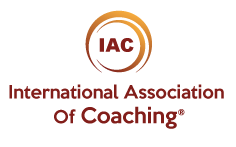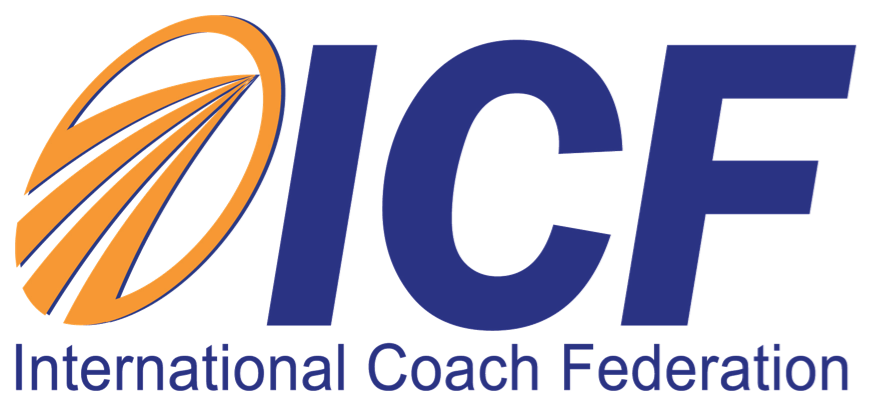 Strategic Planning similar to a box of chocolates?
Strategic Planning similar to a box of chocolates?
Corporate strategic planning involves getting a “temperature read ™ “ of where the organization is today so that it is possible to plan effectively for moving from the current reality to the urgent desired results. The planning yields many benefits, however human nature yearns for excitement and novelty, hence the organization’s future and the “outcome results” are more appealing than the former.
Picture yourself opening a box of chocolates. Whichever your favorite brand may be. There is decadent caramel filled truffles, cappuccino, white chocolate, raspberry, orange (my personal favorite) and Goji berry (seems popular these day! As much as you would like to eat the whole box and try all the new and past favorite flavors, imagine for a brief moment that you are plan your delight a bit more in detail. For example, may be pairing the mocha truffle with a nice glass of Chianti Wednesday evening, the cappuccino with a frothy cup, and the orange cream truffle following a nice scallop dinner for a change of taste of your palette. On the other hand, imagine sitting in front of the TV and attacking the whole box, and your mouth covered with the brown melted version with no mercy, as your wife, husband or significant other walks in on you!
The latter scenario, while disturbing, is not unlike the journey some executives partake on when they are impatient and not willing to focus in on where the business is today, wanting instead to jump straight into planning for the future. It is nearly impossible to plot the optimal course to a destination when you are not sure about your point of origination. Patience is required to get through the analysis and get the strategic plan on course from the beginning.
So why the impatience? It is a common leadership characteristic and sometimes an Achilles heel. In business, all to often, decisions are made and actions taken based on emotion and not on critical evaluation. Call it “being decisive” or call it having a talent for being able to act fast; because you have the trust in your instincts. Regardless, it can be reckless and costly in business. Impatience is usually a direct result of the CEO’s need to achieve. Facing enormous pressure to perform and get results fast can lead to emotional and panicked action.
In the field of psychology, we believe that the human mind has two systems for decision-making: intuitive and cognitive reasoning. The intuitive system, sometimes referred to as the “Reptilian Brain” is responsible for neurological response that evolved to help humans make good decisions in a limited amount of time (say, before getting eaten by a wild animal). Such decisions are based on survival.
The intuitive system is emotional, fast, and automatic but slow-learning, while the reasoning system is emotionally-neutral, slow, controlled, and rule-governed. Neither, of course, is always right, but there are definitely limits to what intuition can offer.
it is therefore important to distinguish between decisions that should be made by intuition and those that require careful analysis and calculation, such as mapping the course of a business during strategic planning.
Perhaps the primary factor involved is time. CEOs come and go much faster these days and have little patience to spend much time on the analysis behind strategy formulation or on the details of how to implement it. With the average tenure of a CEO being about two years, it is easy to sympathize with their desire to see change happen quickly. Regardless of the need to move swiftly, taking correct actions in such circumstances, is key to survival.
However even under siege and under fire, CEOs must plot a careful but effective course to improve performance and meet expectations. That requires a level-headed approach and cool demeanor. The right way to speed up the strategic planning process is to have a solid foundation already in place upon which is to build the plan. The wrong way to introduce speed in strategic planning is to skip a foundational step entirely or to rush through the necessary steps. Cutting corners creates the type of plan that fails to deliver its intended results, as is the case with 90% of all corporate strategic plans.





